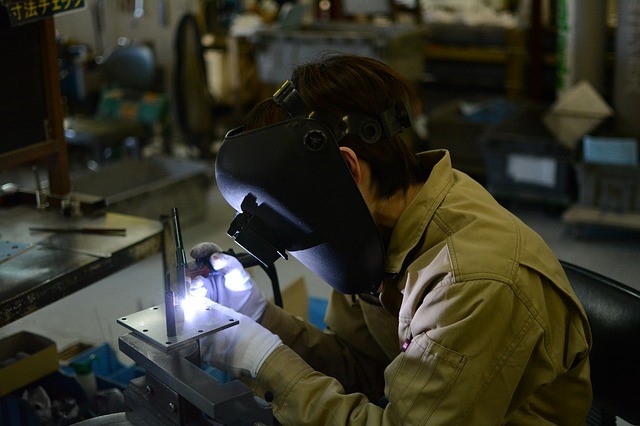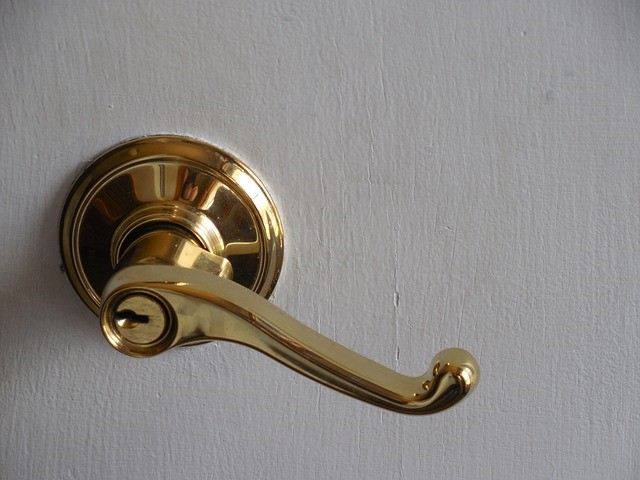Ever wondered why building a structure, vehicle, or machine made primarily of metals takes a long time to finish? For instance, it takes about four to six months to build a plane, and over ten times that to build an aircraft carrier. Thanks to advances in manufacturing technology, smaller vehicles such as cars and trucks can now be built in less than a day and that’s only because most of their components have already been prefabricated. So, it’s more like basic assembly than a construction.
One of the reasons is that a lot of factors must be taken into account when constructing these metal beasts, and there’s a different set for each type. Whether they are made up mostly of steel plates or bronze bars, their construction is at the mercy of these considerations. Safety, stability, and durability are just some of them. Manufacturing components and merging them together also take time. The assembly of machine parts is only made possible by a variety of techniques, the most common of which are fabrication and welding. Depending on the function and location of the machine parts, either method must be carried out.
Definition
Before we delve into the differences between welding and fabrication, it’s important that we first understand what they are and how they are carried out. Welding is a method of joining metal pieces together by melting their point of connection. Fabrication, on the other hand, is a method of joining metal pieces through cutting, bending, and assembly. Welding, however, must be distinguished from metal-joining techniques such as brazing and soldering, which involve melting a filler metal and not the base metal itself. As for fabrication, any metal-joining method that does not involve heating or melting the base metal belongs to this category.
Key Differences between Fabrication and Welding
Now that we know what welding and fabrication are, let’s try to differentiate them so we can identify situations in which they are ideal. It will also help us understand how they work and who we should turn to if we need either method for our projects.
They Require a Different Set of Tools
The fact that welding requires heating the base metal and fabrication doesn’t only means the tools they use are not the same. When you see a tradesperson prepare equipment like welding clamps, torches, power sources, and consumable electrodes, you can quickly tell that they will be performing welding. You may even find safety equipment and gear, such as auto-darkening welding helmets and respirators in the setup. When you see tools like cutting machines, including mechanical saws, laser cutters, and plasma torches, lathe, and bending machines, you know fabrication is about to happen.
Variety of Techniques Involved
In terms of goal, there’s a big, apparent difference between welding and fabrication. While both methods share the same purpose of constructing metal-based assemblies, welding’s main goal is to bond metal pieces together. By contrast, the goal in fabrication may vary as there are many different techniques classified under this category. For instance, your goal may simply be creating detailed cuts on a metal piece that would later be part of a machine, or perhaps you just need to bend metal plates to form a casing for delicate machine parts. Individually, these techniques are considered fabrication.
They Are Not the Same Profession
Unless you are a highly skilled and experienced metalworker, it’s hard to imagine you could perform both tasks excellently. Welding and fabrication are completely different disciplines, and so they require different skill sets, which can only be developed through many years of separate experience. If you need both welding and fabrication in your project, take note that you will have to hire two different groups of professionals—welders and fabricators.
Pros and Cons
Even though there are circumstances where either welding or fabrication is the ideal method to use, they still have a share of pros and cons that you can consider in your choice when you’re working with metals. For instance, when it comes to efficiency, welding is occasionally a better bet because you can do it onsite and instantly without the need to take the metal to a metalworking facility. It’s also the preferred option for large-scale construction applications.
Contrariwise, fabrication has many perks over welding, too. If you want quality work with guaranteed stability, you’d like the parts of your machine to be fabricated rather than welded together. Welded structures are likely to be less sturdy than fabricated ones because their parts don’t initially come in one piece. Also, let’s not forget that heat used in welding may trigger a chemical reaction on metals, which affect their properties on a molecular level, ultimately reducing their sturdiness.
Can Copper Alloys Be Welded or Fabricated
Metals like bronze and brass are among the most commonly welded and fabricated materials around. Assemblies with intricate compositions that are made mostly of these metals are proof of that. Their malleability and ductility allows them to melt and weld easily as well as be machined into accurate cuts and shapes.
This, however, depends on the type and quantity of metals alloyed to them to manipulate their properties. For instance, if you mix too much lead, the alloy becomes less workable, which makes it hard to bend without breaking. Understanding proper metalworking can help produce high-quality copper alloys that are ideal for welding and fabrication applications.
There’s no denying the suitability of copper alloys for welding and fabrication work. The question now is how can you be so sure that you are using the highest quality materials? That’s when reputable bronze and brass suppliers like Rotax Metals come in. Not only do they have their own certified foundry, but they also have an amazing selection of products. You’ll never have to go to multiple providers again.
Source:
https://howchimp.com/how-long-does-it-take-to-build-an-aircraft-carrier/




